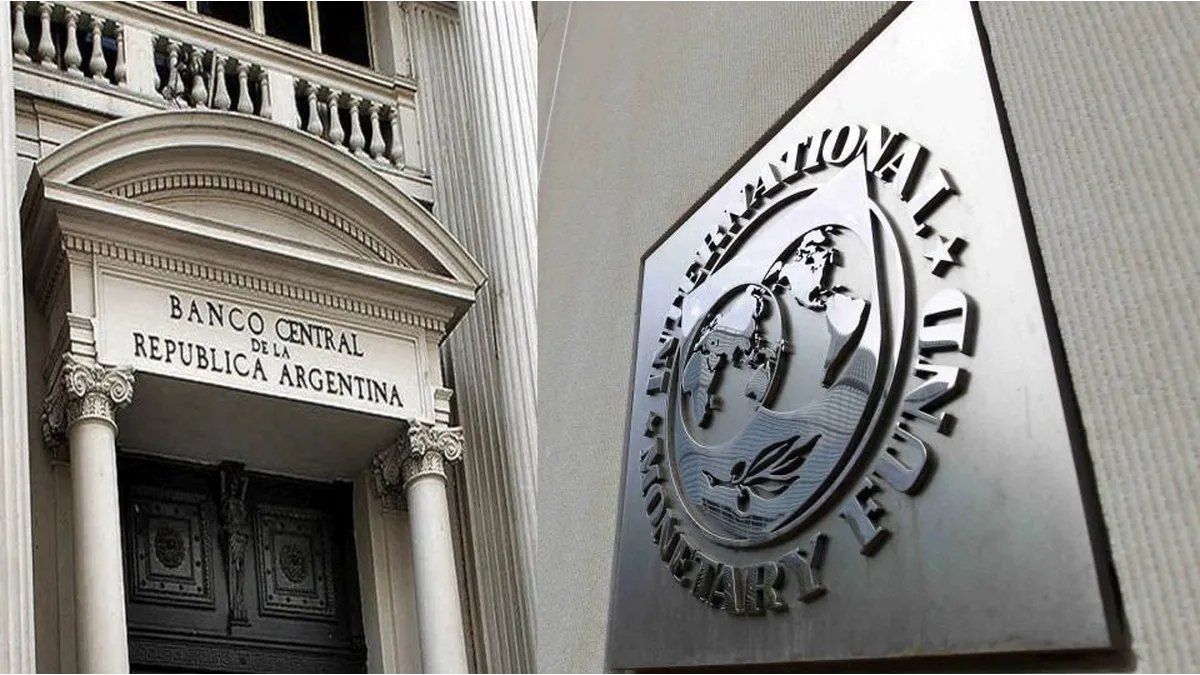David William is a talented author who has made a name for himself in the world of writing. He is a professional author who writes on a wide range of topics, from general interest to opinion news. David is currently working as a writer at 24 hours worlds where he brings his unique perspective and in-depth research to his articles, making them both informative and engaging.
Menu
When alms is large, to the market distrusts: an unconventional reading of the IMF review
Categories
Most Read
Corporate security in the face of economic uncertainty: smart investment in times of budget pressure
October 8, 2025
No Comments
Argentine financialization and the feast of global crooks
October 8, 2025
No Comments
The labor reform must go to the link, not to the employment in the abstract
October 7, 2025
No Comments
Argentina, the startup of the collapse, seeks a new round of financing
October 7, 2025
No Comments
Retirement insurance: the challenge is not waiting, is to anticipate
October 6, 2025
No Comments
Latest Posts

Major sporting events: Researchers: The Olympics do little for the economy
October 10, 2025
No Comments
AngelicaI am an author and journalist who has written for 24 Hours World. I specialize in covering the economy and write about topics such as

Charly García is still in the ring: he released “In The City”, his new song with Sting
October 10, 2025
No Comments
October 9, 2025 – 23:28 The former leader of Serú Girán and the former leader of The Police got together to remake the song “In

Tesla autopilot runs red lights – investigations in the USA
October 10, 2025
No Comments
Electric car manufacturer US Transportation Authority is investigating Tesla’s “Autopilot” software Listen to article Copy the current link Add to watchlist Tesla is betting on
24 Hours Worlds is a comprehensive source of instant world current affairs, offering up-to-the-minute coverage of breaking news and events from around the globe. With a team of experienced journalists and experts on hand 24/7.

